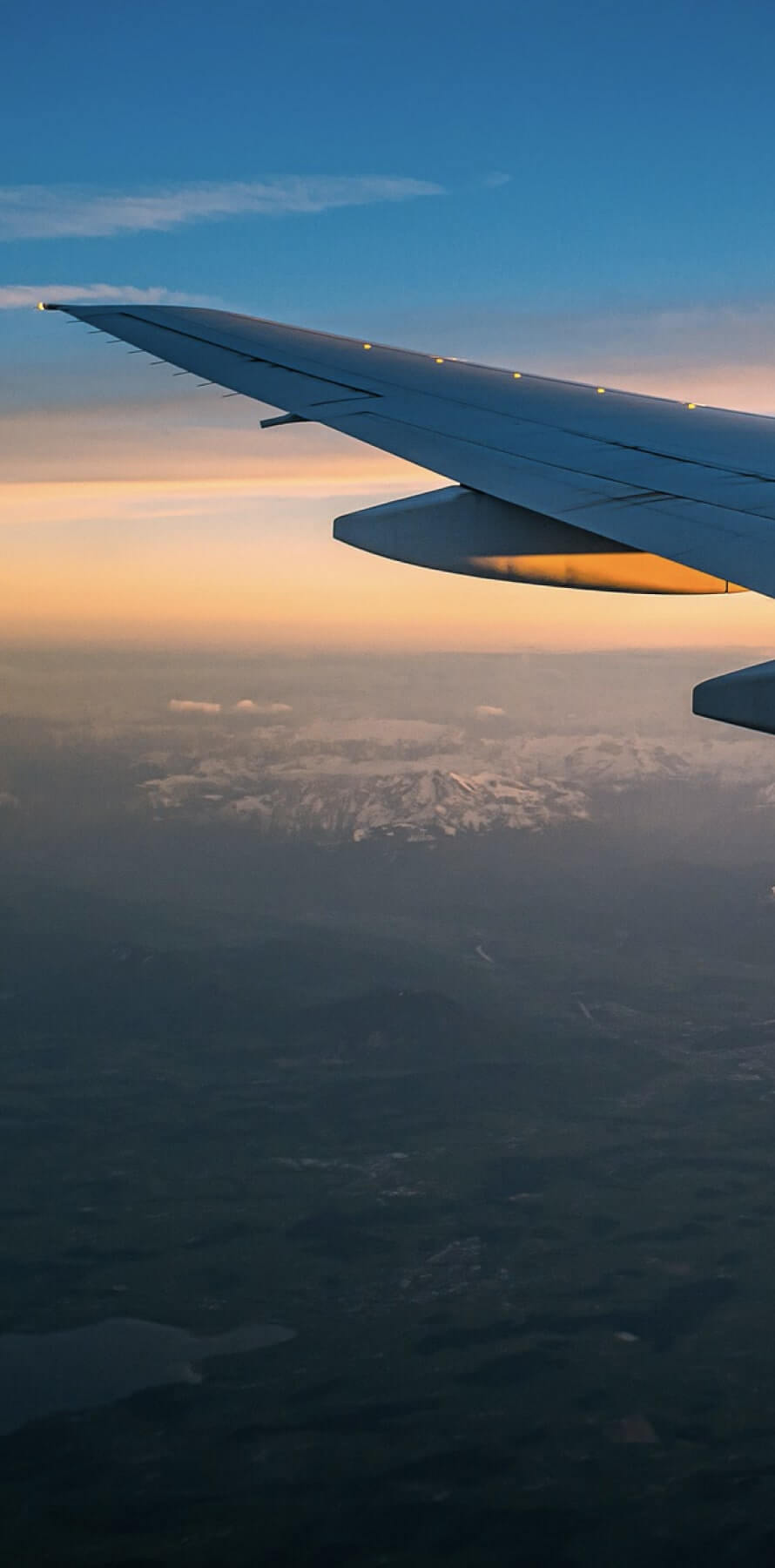Aviation security
On this page you will find basic information about which items are prohibited or allowed with restrictions, but some rules may vary by country. Carefully read the rules in force at the local airport, as well as on the flights of the Airline.
WARNING! In order to ensure the security of civil aviation security control is carried out on all flights at the airport. All passengers, their cabin baggage, hold baggage and all personal belongings are subject to security control (screening).
WARNING! Passengers, who have not passed the security control (screening) or have not submitted for this cabin baggage, hold baggage and other personal belongings before boarding an aircraft are not allowed for transportation.
Some items and substances are allowed to be carried only in checked (hold) baggage, such items and substances are not allowed in the cabin of the aircraft.
Recommendations for passengers on the aviation security control.
- Prepare a boarding pass, passport and present it to the employees of the aviation security service;
- Remove your outer clothing and put it in a basket, which also needs to put the contents of your pockets, trouser strap and a package of liquids (see section “Rules for transporting liquids”);
- Place the electronic devices (computers, tablets, phones, etc.) in a separate basket;
- Put all your belongings (bags and baskets) on the moving part of the conveyor and wait for the invitation of aviation security personnel to pass through a stationary metal detector.
If necessary, you will be subject to security control by the hand held metal detector and/or to the hand search.
Subjects and substances prohibited for carriage by passengers and crew members of civil aviation aircraft
To ensure the safety and security of our passengers and our crew, any item of which we have reason to believe it might be used or adapted for causing injury or incapacitation of a person, or endanger an aircraft are not allowed to be transported.
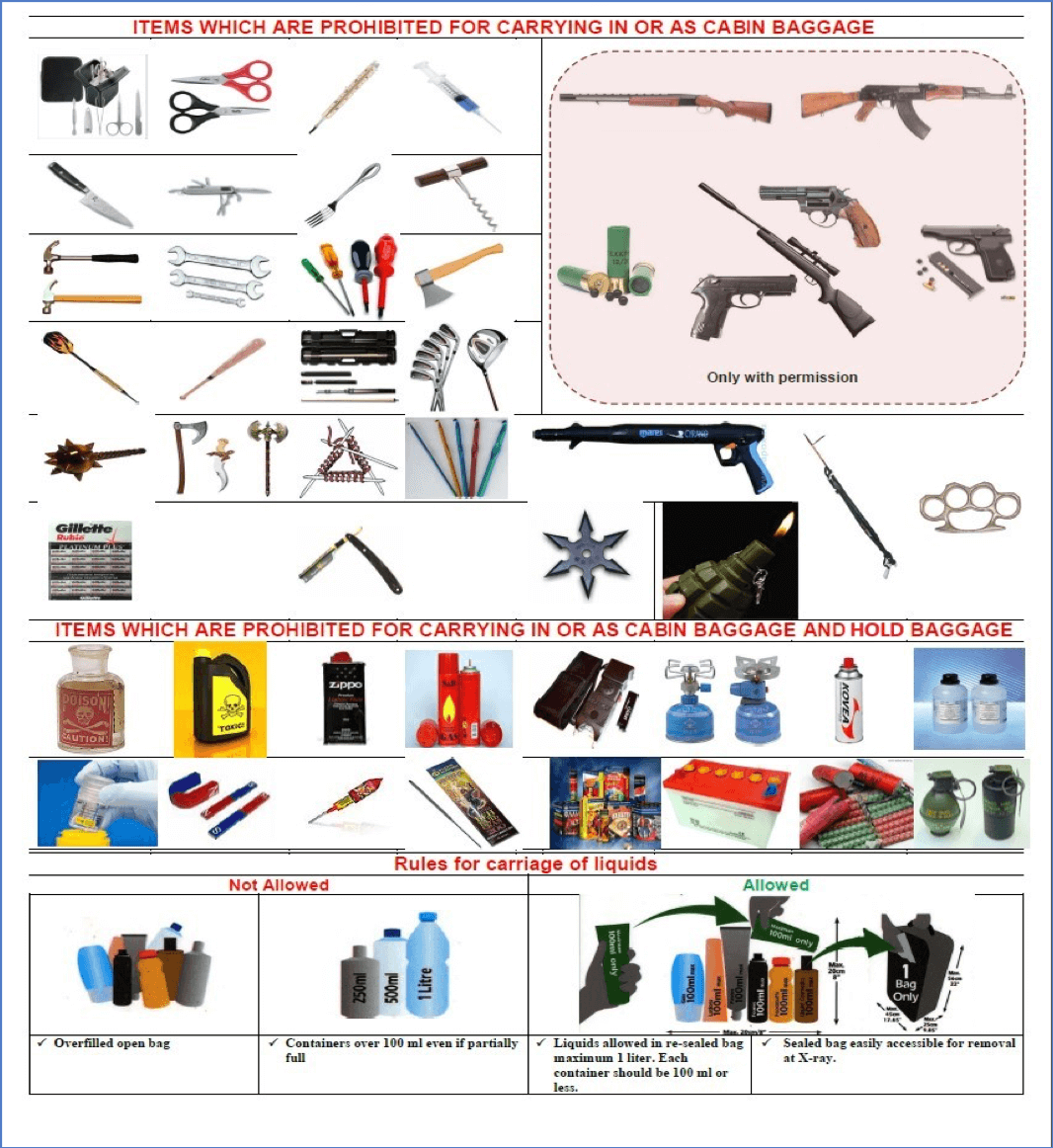
1. Passengers and cabin baggage
Passengers are not allowed to carry the following items in their cabin baggage or personal belongings into restricted areas and on board aircraft for security reasons:
a) guns, firearms, and other devices that fire a ball charge and devices that can be used to cause serious damage and harm by firing a bullet, including:
- all types of firearms, including guns, revolvers, rifles and shotguns;
- toy guns, simulants and imitations of small arms that can be mistakenly treated as real weapons;
- components of small arms, with exception of telescopic sights;
- compressed air guns and carbon dioxide canisters, including guns, ball rifles, rifles and ball guns;
- signal flare pistols and starting pistols;
- bows, crossbows and arrows;
- harpoon guns and spearfishing guns;
- slingshots and slings;
b) electroshock devices, namely:
- guns for shock destruction (guns, sticks, etc);
- devices for shock action on animals and devices for killing animals;
- chemicals, gases and sprays that disable and paralyze (Mace gas, pepper spray, acid sprays, animal repellent sprays, and tear gas, etc);
c) pointed objects or objects with a sharp tip, namely:
- items intended for chopping (axes, cutters, cleavers, etc);
- ice axes and ice picks;
- shaving blades;
- knives for cutting cardboard;
- knives with a blade length more than 6 cm;
- scissors with blades longer than 6 cm (if measured from the centre of hinge);
- weapon for martial arts with pointed ends or pointed edges;
- swords and sabres;
d) working tools, namely:
- mounting tools;
- drills and borers, including cordless portable electric drills;
- tools with blades or rods longer than 6 cm that can be used as weapons (screwdrivers, chisels, etc);
- saws, including cordless portable electric saws;
- blowtorches;
- "guns" for fixing and hammering nails;
e) blunted tools, namely:
- baseball bats and softball bats;
- clubs and batons, namely various types of police batons (hard, flexible and sticks with a flashlight, etc);
- weapon for martial arts;
f) explosives and ignition agents and devices, namely:
- ammunition;
- detonator capsules;
- detonators and fuses;
- copies or imitations of explosive devices;
- mines, grenades and other explosive devices for military purposes;
- pyrotechnics, including pyrotechnic devices for fireworks;
- smoke bombs or cartridges;
- dynamite, gunpowder and plastic explosives etc.
The content of this list is not exhaustive, but only defines the basic list of items that should be withdrawn from passengers or from their cabin baggage during the flight before boarding the aircraft.
If your item is not on the list, or you have any questions, please contact your travel agency or Airline Support.
Please note that the Airline, for reasons of passengers and crew members safety and security on board the aircraft, reserves the right to temporarily withdraw some items, in particular, which are allowed for carriage in cabin baggage, taking into account the list above, or which are not indicated in it, but which can pose a potential threat to others and are detected by the crew members in passengers during the flight (for example: knitting needle, needles, objects with a blade or rods less than 6 cm., etc.).
2. Passengers and hold (checked) baggage
Passengers are not allowed to carry the following items in the hold baggage:
a) explosives and ignition agents and devices, namely:
- ammunition;
- detonator capsules;
- detonators and fuses;
- copies or imitations of explosive devices;
- mines, grenades and other explosive devices for military purposes;
- pyrotechnics, including pyrotechnic devices for fireworks;
- smoke bombs or cartridges;
- dynamite, gunpowder and plastic explosives etc.
3. Liquids and powders
Liquids include:
- water and other drinks, soups, syrups;
- creams, lotions and oils;
- perfumes;
- sprays;
- gels, including shampoos and shower gels;
- pressurised containers, including shaving foam, styling mousse and other foam-based agents and deodorants;
- pastes, including toothpaste;
- liquid-solid mixtures;
- all other items of similar consistency.
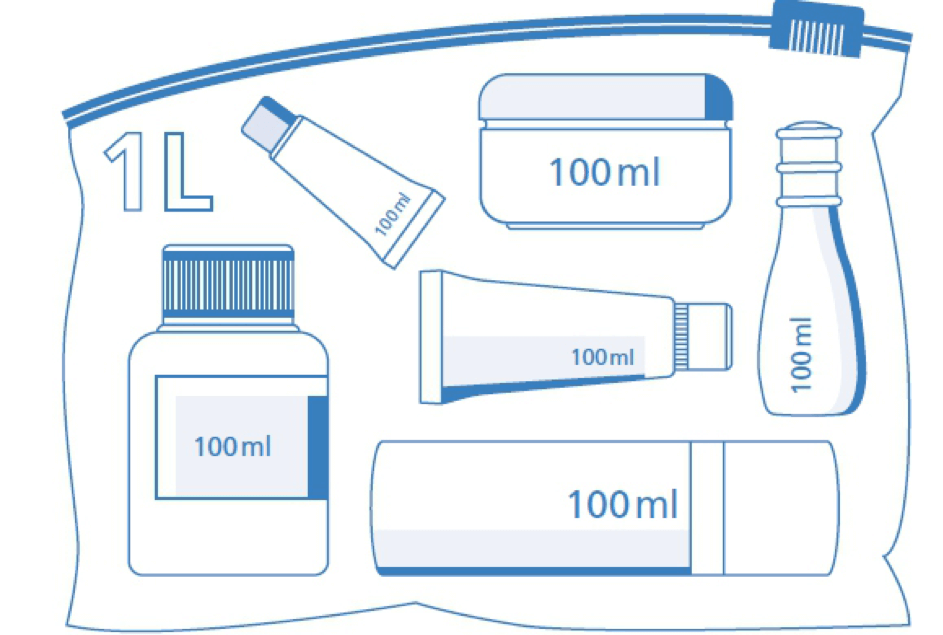
Liquids may be carried in your cabin baggage, but only in small containers not exceeding 100 ml (3.4 oz) per item. It is forbidden to take liquid in packages with a capacity of more than 100 ml into the cabin of the aircraft, even if the container is partially filled, it will not be allowed to be transported in the cabin. It is also prohibited to put any liquids, suspensions, creams, pastes with a capacity of more than 100 ml (grams) in one bottle (tube) into the aircraft in cabin baggage. The total amount of these substances in cabin baggage packed in containers with a capacity of up to 100 ml (grams) should not exceed 1 liter (kg) per passenger. Larger amounts must be carried in your hold baggage.
You may always bring the following liquids and powders in your cabin baggage:
- Baby food to be consumed during the flight
- Medicines to be taken during the flight, provided you have a prescription or attending physician's statement
- Special diet foods to be consumed during the flight
- An urn containing ashes of a deceased person, provided it meets the requirements
- Sealed tax-free items
On flights to and from the United States, powders and powder like substances may be carried in your cabin baggage, but only in small amounts not exceeding 350 ml (12 oz) per item. Larger amounts must be carried in your hold baggage. If there are any signs of tampering, the item is not allowed in either your cabin baggage or hold baggage.
4. Carriage of medicine and dietary products in the cabin baggage.

Carriage of medicine and dietary products in the cabin baggage should be approved by the airline representative beforehand.
The passenger who needs to have some medicine (or injection) during the flight should provide the information to the airline representative and also obtain the information as to the necessary medical references to be provided before the flight.
The medicine (including those in the syringes or in other injection means) is allowed in the cabin baggage in case it is essential for the passenger, e.g., insulin, antihistamines, painkillers, etc. The necessity and the amount of the medicine should be pointed out in the doctor’s reference and confirmed by the doctor’s stamp.
During the security screening the passenger possessing the medicine in the cabin baggage (including those in the syringes or other injection means) should inform the aviation security personnel about it and submit the corresponding medical reference. The airline representative approves the carriage of such items in the cabin baggage. After the approval of the airline representative and successful aviation security control the passenger is allowed to board an aircraft.
Depending on the health ability of the passenger (availability of the medical references) the airline representative has the right to deny or to allow the carriage.
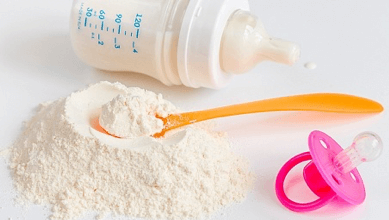
Passengers with babies may carry the baby food in the cabin baggage in quantity enough for the whole journey.
5. Transportation of weapons
(The instruction on weapon and ammunition air carriage approved by the State Aviation Administration of Ukraine on March 18, 2005, No.199):
The following articles are allowed to be carried on passenger flights:
- military rifle-bore and customized weapons;
- emasculated, training, old-fashioned small arms, sporting and hunting weapons, combined mode and smooth-fore firearms, as well as ammunition;
- air guns, domestically produced devices designed to release bullets and equipped with rubber or other nonlethal weapons
- melee weapons (crossbows, hunting knives, Japanese swords, sabers, broadswords, yatagans, Finnish knives, daggers, bayonets, and bayonet-knives);
- practice and fake weapons;
- gas spray guns and revolvers owned by enterprises, institutions, organizations, business unions and citizens.
All weapons owned by individuals are carried:
- unloaded and unpiled (if possible);
- as hold baggage;
- in a portable metal container equipped with a secure lock;
- in the baggage area;
- given that during the flight neither passengers nor crew have access to these articles.
At the check-in counter passengers traveling within Ukraine and carrying of firearms, air guns, melee weapons and ammunition are required to present permissions to store, bear and transport weapons/ copies of weapon acquisition permits with a marketing note for each unit carried. The document must be issued by the relevant internal affairs authority.
WARNING!!!! At present time, airline does not transport personal weapons and ammunition of individuals and legal entities.
6. Dangerous goods
When determining the limit for cabin baggage and hold baggage carriage by passengers, as well as cargo and mail items, adhere to the standards and recommended practices set forth in Annex 18 of ICAO to the Convention on International Civil Aviation and ICAO Doc. 9284 "Technical Instructions for the Safe Transport of Dangerous Goods by Air".
List of dangerous goods and items, as well as the conditions under which they can be carried by passengers or crew members.
Ban for transportation of small vehicles powered by lithium batteries
For safety reason, transportation of Small Vehicles Powered by Lithium Batteries is FORBIDDEN on all Bees Airline flights , in either hand or checked baggage, even if the battery is disconnected or removed.
This includes hoverboards, mini-Segways, airboards, oxboards, e-skates, e-scooters, e-bicycles, waveboards, U-runners etc.
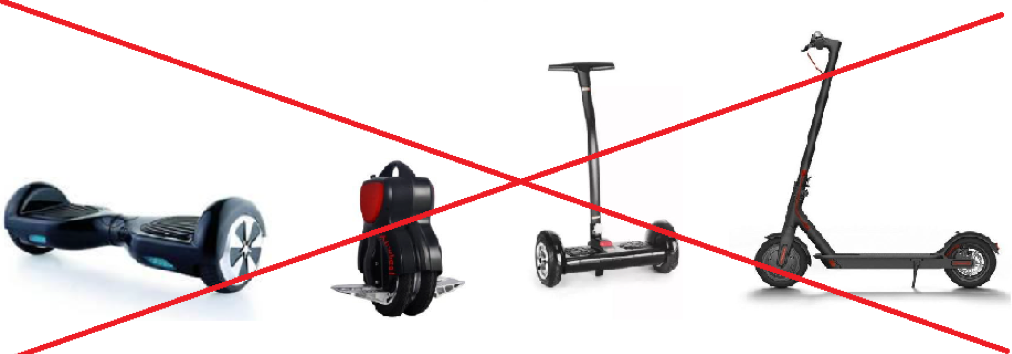
-
Baggage with installed lithium batteries non-removable batteries exceeding–0.3 g lithium metal or 2.7 Wh.
-
Baggage with installed lithium batteries:
a) non-removable batteries. Batteries must contain no more than 0.3 g lithium metal or for lithium ion must not exceed 2.7 Wh;
b) removable batteries. Batteries must be removed if baggage is to be checked in. Removed batteries must be carried in the cabin.
-
Gas cylinders, non-flammable, non-toxic worn for the operation of mechanical limbs. Also, spare cylinders of a similar size if required to ensure an adequate supply for the duration of the journey.
-
Oxygen or air, gaseous, cylinders required for medical use. The cylinder must not exceed 5 kg gross weight.
Note: Liquid oxygen systems are forbidden for transport.
-
Batteries, spare/loose, including lithium batteries, non-spillable batteries, nickel-metal hydride batteries and dry batteries (see 2.3.5.8) for portable electronic devices must be carried in carry-on baggage only. Articles which have the primary purpose as a power source, e.g., power banks are considered as spare batteries.
These batteries must be individually protected to prevent short circuits.
Lithium metal batteries: the lithium metal content must not exceed 2 g.
Lithium-ion batteries: the Watt-hour rating must not exceed 100 Wh. Each person is limited to a maximum of 20 spare batteries.
Non-spillable batteries: must be 12 V or less and 100 Wh or less. Each person is limited to a maximum of 2 spare batteries.
-
Lithium batteries, spare/loose with a Watt-hour rating exceeding 100 Wh but not exceeding 160 Wh for consumer electronic devices and PMED or with a lithium metal content exceeding 2 g but not exceeding 8 g for PMED only. Maximum of two spare batteries in carry-on baggage only. These batteries must be individually protected to prevent short circuits.
-
Lithium Batteries: Portable electronic devices (PED) containing lithium metal or lithium-ion cells or batteries, including medical devices such as portable oxygen concentrators (POC) and consumer electronics such as cameras, mobile phones, laptops and tablets, when carried by passengers or crew for personal use. For lithium metal batteries the lithium metal content must not exceed 2 g and for lithium-ion batteries the Watt-hour rating must not exceed 100 Wh. Devices in checked baggage must be completely switched off and must be protected from damage. Each person is limited to a maximum of 15 PED. Baggage equipped with a lithium battery, other than lithium button cells, the battery must be removable. If offered as checked baggage the battery must be removed and carried in the cabin.
-
Lithium batteries, spare/loose, including power banks, see Batteries, spare/loose.
-
Ammunition, securely packaged (in Div. 1.4S, UN 0012 or UN 0014 only), in quantities not exceeding 5 kg gross weight per person for that person's own use. Allowances for more than one person must not be combined into one or more packages.
-
Internal combustion or fuel cell engines, must meet A70 as described in current edition of IATA DGR
-
Dry ice (carbon dioxide, solid), in quantities not exceeding 2.5 kg per person when used to pack perishables not subject to Dangerous Goods Regulations in checked or carry-on baggage, provided the baggage (package) permits the release of carbon dioxide gas. Checked baggage must be marked “dry ice” or “carbon dioxide, solid” and with the net weight of dry ice or an indication that there is 2.5 kg or less dry ice
-
Gas cartridges, small, non-flammable containing carbon dioxide or other suitable gas in Division 2.2. Up to two (2) small cartridges fitted into a self-inflating personal safety device, intended to be worn by a person, such as a life jacket or vest. Not more than two (2) devices per passenger and up to two (2) spare small cartridges per device, not more than four (4) cartridges up to 50 mL water capacity for other devices.
-
Mobility Aids: Battery-powered wheelchairs or other similar mobility devices with non-spillable wet batteries or with batteries which comply with Special Provision A123 or A199 as described in current edition of IATA DGR
-
Mobility Aids: Battery-powered wheelchairs or other similar mobility devices with spillable batteries or with lithium-ion batteries. .
-
Mobility Aids: Battery-powered wheelchairs or other similar mobility devices with lithium-ion batteries where the battery is specifically designed to be removed, the battery must be carried in the cabin. .
-
Non-radioactive medicinal or toiletry articles (including aerosols) such as hair sprays, perfumes, colognes and medicines containing alcohol; and Non-flammable, non-toxic (Division 2.2) aerosols, with no subsidiary hazard, for sporting or home use.
The total net quantity of non-radioactive medicinal or toiletry articles and non-flammable, non-toxic (Division 2.2) aerosols must not exceed 2 kg or 2 L and the net quantity of each single article must not exceed 0.5 kg or 0.5 L. Release valves on aerosols must be protected by a cap or other suitable means to prevent inadvertent release of the contents.
-
Alcoholic beverages, when in retail packagings, containing more than 24% but not more than 70% alcohol by volume, in receptacles not exceeding 5 L, with a total net quantity per person of 5 L.
-
Specimens, non-infectious packed with small quantities of flammable liquid, must meet A180 as described in current edition of IATA DGR.
-
Portable electronic devices containing non-spillable batteries, batteries must meet A67 and must be 12 V or less and 100 Wh or less. A maximum of 2 spare batteries may be carried.
-
Chemical Agent Monitoring Equipment, when carried by staff members of the Organization for the Prohibition of Chemical Weapons on official travel.
-
Avalanche rescue backpack, one (1) per person, containing cartridges of compressed gas in Div. 2.2. May also be equipped with a pyrotechnic trigger mechanism containing no more than 200 mg net of Div. 1.4S. The backpack must be packed in such a manner that it cannot be accidentally activated. The airbags within the backpacks must be fitted with pressure relief valves.
-
Fuel cells containing fuel, powering portable electronic devices (e.g., cameras, cellular phones, laptop computers and camcorders).
-
Fuel cell cartridges, spare for portable electronic devices.
-
Matches, safety (one small packet) or a small cigarette lighter that does not contain unabsorbed liquid fuel, other than liquefied gas, intended for use by an individual when carried on the person. Lighter fuel and lighter refills are not permitted on one's person or in checked or carry-on baggage. Note: “Strike anywhere” matches, “Blue flame” or “Cigar” lighters or lighters powered by a lithium battery without a safety cap or means of protection against unintentional activation are forbidden.
-
Radioisotopic cardiac pacemakers or other devices, including those powered by lithium batteries implanted into a person or fitted externally.
-
Disabling devices such as mace, pepper spray, etc. containing an irritant or incapacitating substance are forbidden on the person, in checked and carry-on baggage.
-
Electro shock weapons (e.g., Tasers) containing dangerous goods such as explosives, compressed gases, lithium batteries, etc. are forbidden in carry-on baggage or checked baggage or on the person.
-
Thermometer, medical or clinical, which contains mercury, one (1) per person for personal use, when in its protective case.
-
Thermometer or barometer, mercury filled carried by a representative of a government weather bureau or similar official agency.
-
Camping stoves and fuel containers that have contained a flammable liquid fuel, with empty fuel tank and/or fuel container.
-
Insulated packagings containing refrigerated liquid nitrogen (dry shipper), fully absorbed in a porous material containing only non-dangerous goods
-
Permeation devices, must meet A41 as described in current edition of IATA DGR.
-
Security-type attaché cases, cash boxes, cash bags, etc. incorporating dangerous goods, such as lithium batteries and/or pyrotechnic material, except as provided in DGR 2.3.2.6 are totally forbidden.
-
Lithium battery-powered electronic devices.
Lithium-ion batteries for portable (including medical) electronic devices, a Wh rating exceeding 100 Wh but not exceeding 160 Wh. For portable medical electronic devices only, lithium metal batteries with a lithium metal content exceeding 2 g but not exceeding 8 g. Devices in checked baggage must be completely switched off and must be protected from damage.
-
Hair curlers containing hydrocarbon gas, up to one (1) per passenger or crew-member, provided that the safety cover is securely fitted over the heating element. These hair curlers must not be used on board the aircraft at any time. Gas refills for such curlers are not permitted in checked or carry-on baggage
-
Heat producing articles such as underwater torches (diving lamps) and soldering irons.
-
e-cigarettes (including e-cigars, e-pipes, other personal vaporizers) containing batteries must be individually protected to prevent accidental activation.
WARNING! This list should be used only as a guide to what is permitted and prohibited in passenger or crew baggage. Dangerous goods not contained in the list are prohibited from carriage on aircraft by passengers and crew.
Air transport - a special area where safety of passengers is the priority. Protection of passengers, crew members and aviation personnel of civil aviation of Ukraine from acts of unlawful interference is provided by a set of aviation security measures, one of the components of which is the implementation of established norms, rules and procedures by all participants in air transportation.
Rules of conduct on board aircraft of Bees Airline LCC focused on safety and are mandatory for all passengers.
We would like to familiarize you with rules of conduct on board airline’s aircraft during the flight:
Passengers are entitled to:
- ensure their safety;
- abandon the flight at a reasonable concern to ensure their safety;
- apply to the cabin crew and require protection in the event of threats to his life, health or dignity.
Passengers have to:
- observe the discipline and rules of conduct on board aircraft;
- comply with the instructions/orders and recommendations of crew;
- place own cabin baggage and personal belongings in designated areas specified by cabin crew;
- fasten safety harnesses when panel "fasten seat belts" switched on.
Passengers are prohibited to:
- create situations that threaten the safety of flight, life, health and dignity of passengers and cabin crew;
- show disrespect, aggression against other passengers and cabin crew;
- allow about passengers and crew any form of abuse or physical violence;
- obstruct the line of duty of cabin crew members;
- take drugs and other substances causing intoxication of organism;
- drink alcoholic beverages on board aircraft, except which served by Airline;
- smoke on board the aircraft, including electronic cigarettes;
- get up from his seat and move around the cabin while this is prohibited by the crew;
- clutter walkways, emergency and service doors and approaches to emergency exits;
- spoil any equipment and property on board aircraft;
- remove any equipment or property owned airline;
- use rescue equipment when the cabin crew did not announce this command;
- take pictures, make video of aircraft passenger cabin, crew and other airline personnel without prior granted permission (approval) from the management of the airline;
- use the means of communication such as mobile phones, radios, etc. throughout the flight;
- use electronic devices such as laptops, tablets, player etc. during take-off and landing aircraft;
- create any other illegal situations that threaten or may endanger flight safety;
- exercise of violence, psychological pressure or direct intimidation, threats or intentional injury to life, health or property of passengers, crew or airline;
- spread false information, which may cause threat to the aircraft safety;
- to penetrate or attempt to penetrate the cockpit of aircraft;
- to open the emergency doors and hatches of the aircraft without authorization;
- make other action endangering flight safety or have signs of a crime, which falls under the criminal laws of Ukraine.
In order to ensure flight safety Airline has a right to prohibit or restrict the use on board the aircraft electronic equipment, cell phones, laptop computers, portable recorders, portable radios, CD/MP3-players, transmitting devices, including radio-controlled toys with portable radios, etc. (with the exception of hearing device and pacemakers).
In accordance with international and national legislative acts, the pilot-in-command (pic) of the aircraft has the right:
- give orders and instructions that are subject to unconditional execution, both by crew members and passengers;
- apply all necessary measures, including coercion and to those whose actions threaten the safety of the flight and whose did not execute his orders;
- refuse in air transportation: to any person or any part of the cargo, if, in his opinion, this may pose a potential threat to the safety of the aircraft or passengers; a person if he/she is under the influence of alcohol or medical drugs to such an extent that he/she may endanger the safety of the aircraft or passengers; to potentially dangerous passengers, deported persons or prisoners if their movement poses a threat to the safety of the aircraft or passengers;
- to ensure the safety of the flight and maintain discipline on board, can disembark any passenger (on the territory of any country where the aircraft lands) who has entered or is trying to perform actions on board the aircraft that threaten the safety of the aircraft, people or their property;
- make an emergency landing in the nearest aerodrome (airport) to transmit passenger-offender to law enforcement authorities.
Active airline rules and practice of their use include the following sanctions:
- reimbursement by passenger an additional cost as a result of an offense committed on board aircraft;
- compensation for material damage caused by passenger-offender;
- refusal of further air transportations by Airlines flights;
- providing incident maximum public exposure in the media and across the Internet.
The legislation of most countries provides penalties for violations of aviation security/flight safety rules. Passengers-offenders, depending on the particular national law can be fined (fines from 340 UAH to $ 250,000) and/or subject to prosecution (arrest from 15 days to 20 years).
Also, the spread of COVID-19 in the world is a new challenge for all air transport participants. Bees Airline follows all the recommendations of the relevant national and international industry authorities and uses all safety measures to prevent the spread of COVID-19 and to protect the health of its passengers. We appeal to all Bees Airline passengers to comply with the established requirements to maintain your health and the health of others. One of the requirements is that all passengers over the age of 6 must wear protective medical masks during the whole flight.


